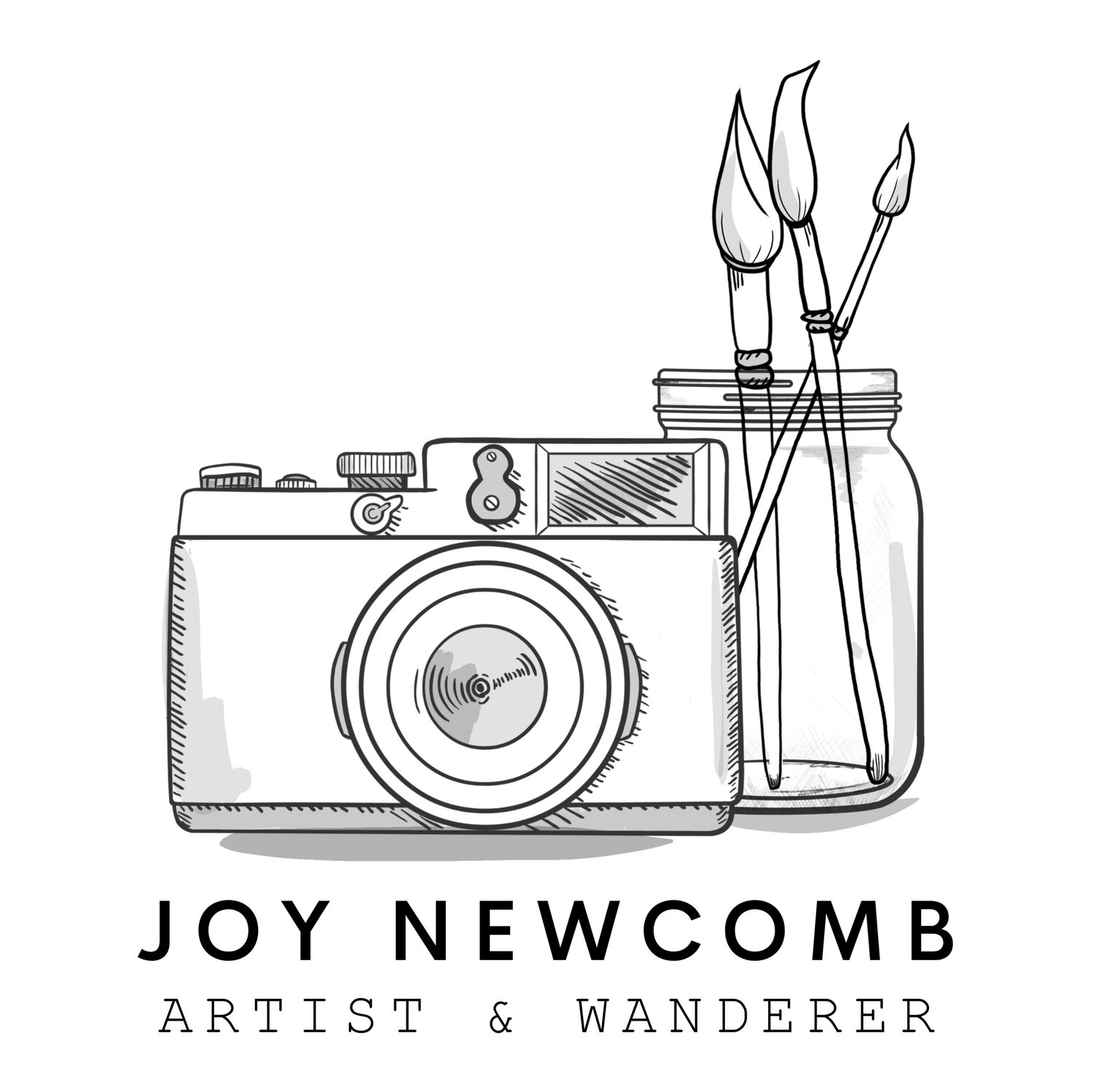The Ultimate Guide to Taking Stunning Photos with Your Camera
Exploring the Basics of Photography and Understanding Its Different Applications
Photography is a powerful form of expression. With the right equipment and knowledge, you can capture stunning imagery that tells stories and captures moments in time. There are many different types of photography, each with its own unique style and techniques. From portrait photography to landscape photography, there’s something for every type of photographer.
If you're a budding photographer, understanding how digital cameras work is essential. Aperture, shutter speed and ISO are the fundamental components of digital photography that determine the look and feel of your photos. With a basic understanding of these three elements, you'll be able to take your photography to the next level by experimenting with different settings and capturing amazing shots.
TIP 1: Read the Manual
What does Aperture control in a camera?
Aperture control is an essential feature of any camera. It allows photographers to adjust the size of the lens opening to control the amount of light that enters the camera and affects the depth of field, which can be used to create stunning images with beautiful bokeh.
When it comes to creating a stunning bokeh effect, aperture is king.
With an aperture of 1.2 to 2.8, you can expect the background to become a beautiful blur of colors and shapes that will make your subject stand out from the crowd.
Aperture refers to the opening of a lens's diaphragm through which light passes. It is calibrated in f-stops and is generally written as numbers such as 1.4, 2, 2.8, 4, 5.6, 8, 11, and 16. Lower f-stops allow more light and long exposures because they represent the larger apertures, while the higher f-stops provide less light and give less exposure because they represent smaller apertures.
Be sure to check your manual first to learn how to set Aperture Priority for your camera, then try experimenting to get comfortable with changing the aperture and recognizing the effects different apertures will have on the end-result image.
What is Shutter Speed?
Shutter speed allows you to capture motion and light in different ways, creating stunning photographs with a unique look and feel. In essence, shutter speed controls the amount of time the shutter remains open and thus affects how much light is allowed to reach the camera's sensor. This is measured in seconds and it greatly affects the outcome of your photos. With a few adjustments, you can easily create breathtaking images with beautiful movement and depth.
Have you ever wanted to take a picture with motion blur? Set your camera's shutter speed to 1/15th of a second and you'll be able to capture stunning photos with beautiful, intentional movement.
You will see numbers like 1/2, 1/250, 1/50, 1/60, 1/500, 2”, or bulb (on certain cameras) on your display screen telling you how fast or for how long the shutter is open and then closed. Usually, a well-exposed photo will have a faster shutter speed for clarity and sharpness, whereas a low-light or night photo will have a long shutter speed to allow more light into the camera.
If you wish to stop the action, using a shutter speed of 1/250th of a second will stop most motion. If you wish to show motion using a speed of 1/30th or slower will determine the blur effect that can occur.
Keep in mind, however, most people require a tripod/monopod to prevent camera shake.
TIP 2: Practice - Use the camera every day.
What is ISO?
ISO was known as ASA on film. It is the sensitivity to light. The higher the ISO, the more sensitive. The higher the ISO the potential for more digital noise.
How do I know what ISO to use?
In basic terms, ISO is a camera setting that will brighten or darken a photo. As you increase your ISO number, the sensor will become more sensitive to light and can help you capture images in darker environments, or be more flexible about your aperture and shutter speed settings.
TIP 3: Lighting is everything.
However, raising your ISO has consequences. A photo taken at too high of an ISO will show a lot of grain, also known as noise, and might not be usable. So, brightening a photo via ISO is always a trade-off. You should only raise your ISO when you are unable to brighten the photo via shutter speed or aperture instead (for example, if using a longer shutter speed would cause your subject to be blurry).
ISO stands for International Organization for Standardization and it is one of the most important settings when it comes to digital photography. ISO is basically the light sensitivity of a camera and it's used to adjust the exposure settings in order to get the desired result. By adjusting this setting, photographers can take pictures in low light or bright daylight without having to worry about over or underexposed images. With its ability to be adjusted, ISO allows photographers to capture stunning photos without compromising on image quality.
Making Use of Different Settings on Your Camera to Capture Perfect Shots
Each camera works with the same tools and application. Shutter Speed, Aperture, and ISO are the three main aspects of using your camera and understanding the basics. As you dive into photography, there will be other features, settings, and controls that will help improve your understanding of how your camera works.
This is why reading the manual is important. It covers the intricacies of how your particular model camera functions.
BONUS TIP: Re-read the manual.



